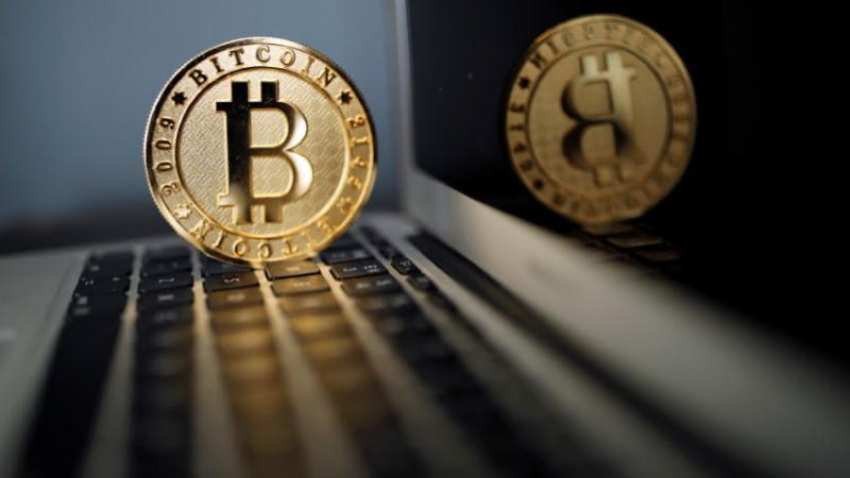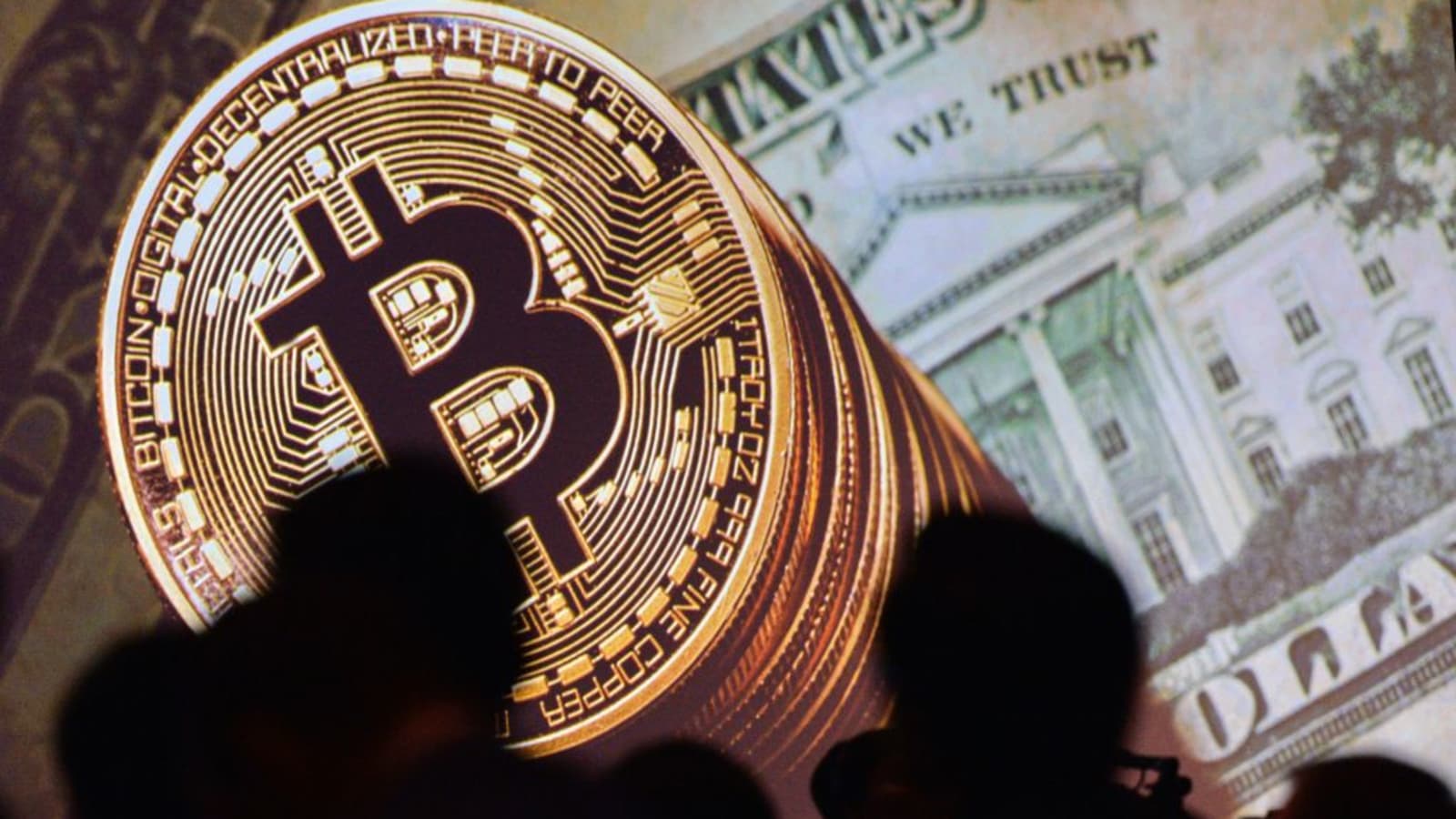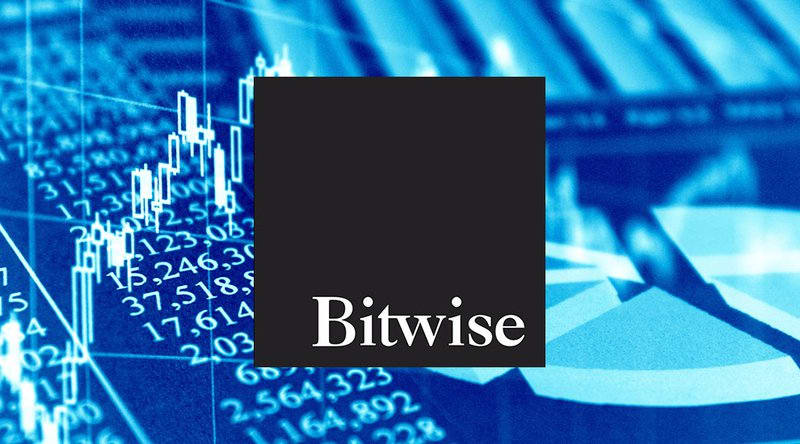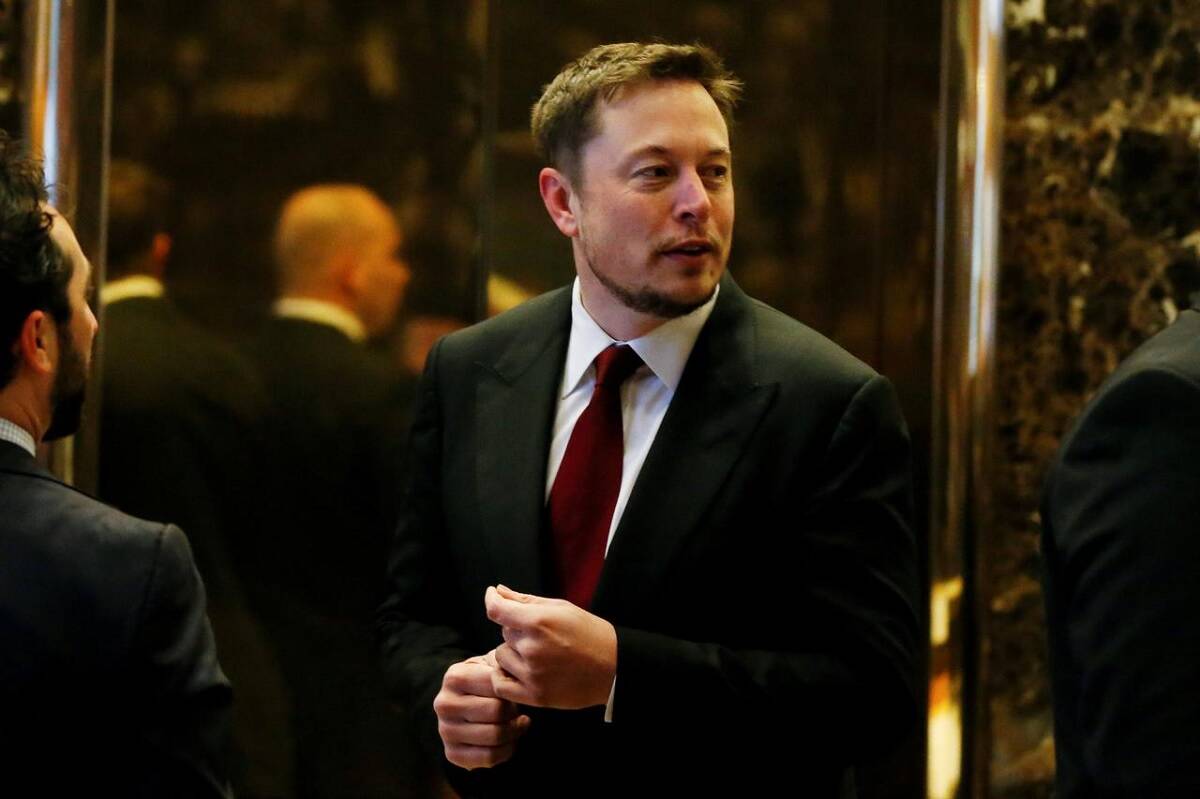Australian man Craig Wright wins US court battle for bitcoin fortune worth billions

Craig Wright, an Australian computer scientist, claims to have invented bitcoin. He has won a civil case against the family members of a deceased business partner who claimed they owed half of a cryptocurrency fortune that was worth tens or hundreds of billions of dollars.
On Monday, a Florida jury found that Wright didn’t owe half the 1.1 million bitcoins to David Kleiman’s family. A joint venture between Wright and Kleiman was awarded US$100m by the jury in intellectual property rights. This is a fraction of the amount Kleiman’s lawyers wanted at trial.
Andres Rivero, Rivero Mestre LLP’s lead lawyer for Wright, said, “This was a tremendous win for our side.”
David Kleiman, 46 years old, died April 2013, at his home. His family, led by his brother Ira Kleiman has stated that David Kleiman was 46 years old and Wright was close friends. They co-created Bitcoin through a partnership.
The trial featured 1.1m bitcoins worth roughly $50bn, based on Monday’s price. These bitcoins were the first to be mined and could only be owned if the person or entity involved in the creation of the digital currency, such as Satoshi Nakamoto, the creator.
The cryptocurrency community will now be watching to see if Wright keeps his promise to prove that he is the owner bitcoins. Wright claimed in 2016 that he was Nakamoto. This would give credence to his claim.
The federal court case in Miami was very technical. The jury listened to detailed explanations about the complex workings of cryptocurrency and the mysterious origins of bitcoin.
The jury deliberated for a week, asking both the judge and lawyers questions about cryptocurrencies. The jurors indicated to the judge at one point that they were in deadlock.
Bitcoin’s origins are something that has been somewhat a mystery for a long time. This is why the trial attracted so much attention from outsiders. A paper was published in October 2008 by a group or individuals known as “Satoshi Nakamoto” that laid out a framework to create a digital currency. It would not be tied with any government or legal authority. A few months later, the process of mining for the currency, which involves computers solving mathematical problems, began.
Nakamoto, which roughly translates from Japanese to mean “at the center of”, was never thought to be the true name of Bitcoin’s creator.
A large portion of the cryptocurrency community has reacted skeptically to Wright’s claim that Nakamoto is his real name. Because of its structure, all bitcoin transactions are public. The 1.1 million bitcoins in question remain unchanged since their creation.
Regular members of the bitcoin community have called on Wright to transfer just a fraction (or all) of the coins to a separate account in order to prove ownership and show that Wright is truly as rich as he claims.
Wright and other cryptocurrency experts were called to testify under oath during the trial that Wright owned the bitcoins.
Wright stated that he would prove ownership if Wright won at trial.
W&K Information Defense Research LLC lawyers said that they were pleased that the jury had awarded $100m in intellectual rights to the company. The company developed software that laid the foundation for early cryptocurrency and blockchain technologies.
In a joint statement, Vel Freedman, Kyle Roche, of Roche Freedman LLP, and Andrew Brenner (a partner at Boies Schiller Flexner), stated that Wright refused to give the Kleimans a fair share of what David Kleiman helped create.
Wright’s lawyers repeatedly stated that Wright and David Kleiman were close friends who collaborated on work, but that their partnership had no connection to bitcoin’s creation and early operation.
Wright stated that he would donate a large portion of his bitcoin fortune to charity, if he wins the trial. Wright’s lawyer Rivero confirmed Wright’s intentions to donate a large portion of his bitcoin fortune in an interview.



